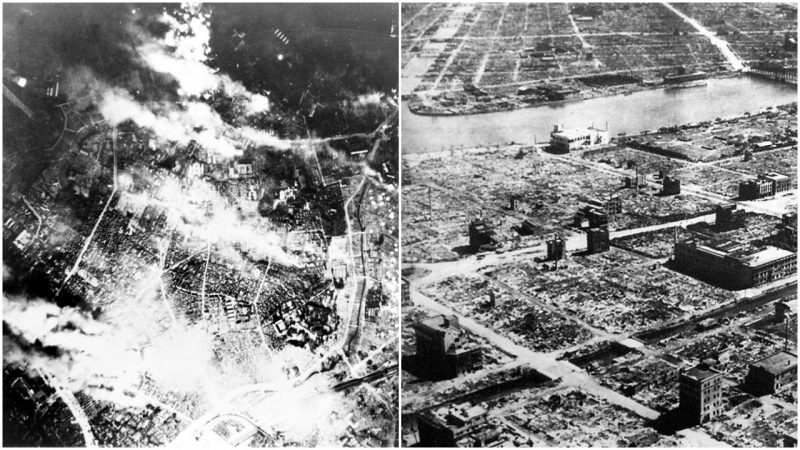The 1945 bombings of Hiroshima and Nagasaki were definitely among the worst atrocities committed during the World War II. These bombings were especially horrifying because no more than two bombs destroyed many homes and killed almost 120 thousand people.
However, another bombing raid almost surpassed the death toll of Hiroshima and Nagasaki combined: the firebombing of Tokyo.
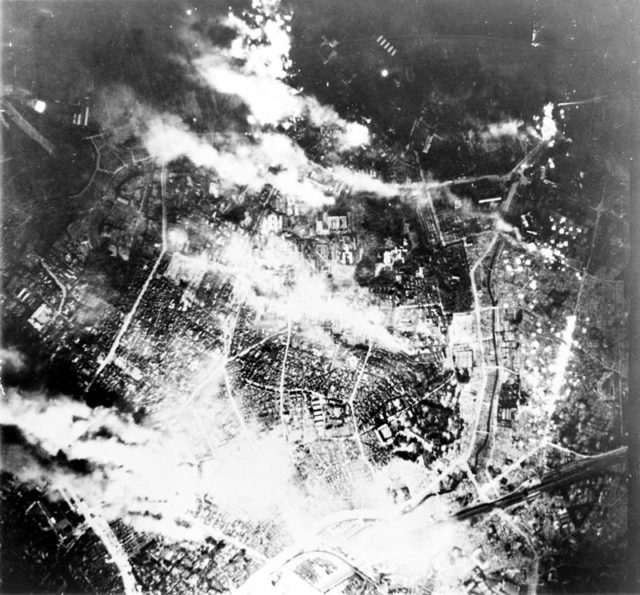
The United States began strategically bombing the urban areas of Japan in early 1944 when the famous long-range B-29 Superfortress bombers entered the service. These bombers had the operational range of more than 6 thousand kilometers and could reach altitudes higher than 9 kilometers. Japanese air defenses were inefficient at these altitudes, so these bombers were used in almost every bombing of Japan.
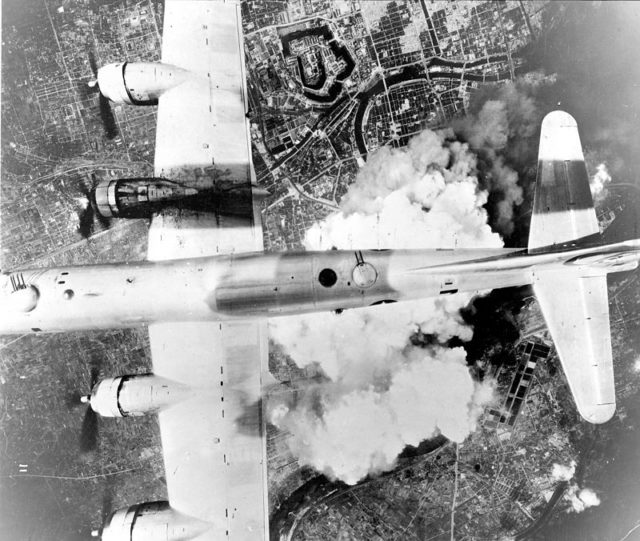
In the afternoon of March 9th, 1945, several squadrons of B-29 Superfortress flew towards Tokyo from the Mariana Islands of Tinian and Saipan. The planes were a part of the Operation Meetinghouse, and were specially adjusted for the firebombing of Tokyo: they were stripped of all weapons except for the tail turrets. This decreased the weight of the bombers so they could achieve much higher speeds and carry more than 7 tons of incendiary bombs.
The planes reached Tokyo on the night of 9-10th March and began the low-level bombing. Most of the air raid was concentrated on the downtown Tokyo suburb of Shitamachi. The suburb of Shitamachi was chosen because of its wooden frame buildings that were deemed suitable for the testing of the efficiency of incendiary bombs, and because of the several factories that produced parts for Japanese warplanes.
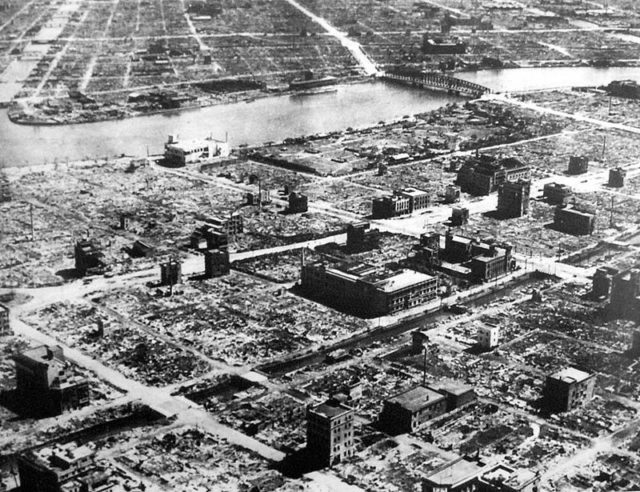
The bombs created a colossal firestorm that destroyed the suburb of Shitamachi, and the wind quickly spread the fire to other parts of Tokyo. Approximately 100 thousand people were killed during that air raid, and the smell of burning human flesh was so foul that the B-29 pilots had to wear oxygen masks to prevent them from vomiting.
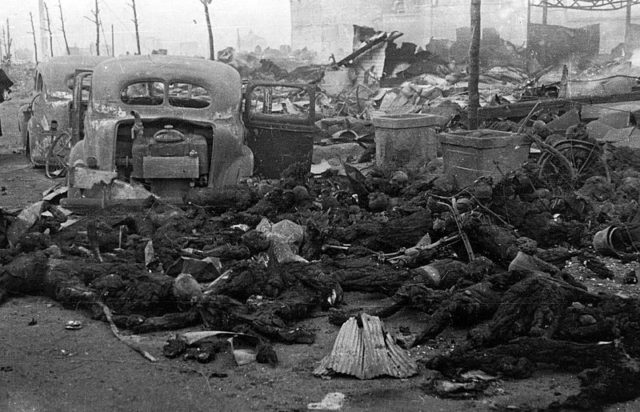
Streets of Tokyo were covered in charred remains of citizens who tried to find cover after the bombs started exploding. The Sumida River was full of dead bodies, and huge clouds of thick smoke covered the city and caused thousands to choke to death.
The air raid lasted for three hours, and 243 American airmen were killed although the Japanese defenses were inefficient. The death toll of American airmen was considered an acceptable loss, but the number of deaths of Japanese citizens was downright frightening. Aside from the 130 thousand people that were killed, another million people were injured and left on the streets because their homes were destroyed.
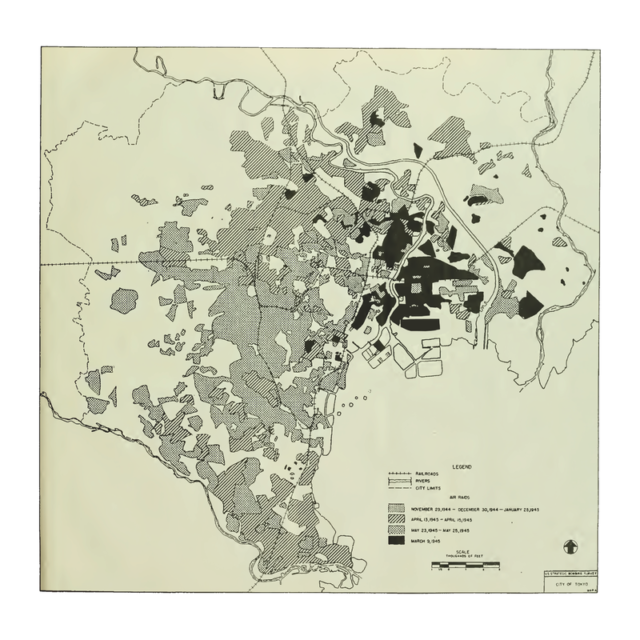
Nowadays, Japanese remember the night of the firebombing of Tokyo as the “Night of Black Snow” because of the hot black ash that covered the streets of the city.
Many people still mourn the loss of their loved ones who died on that night, and they will never forget this unimaginable atrocity.
